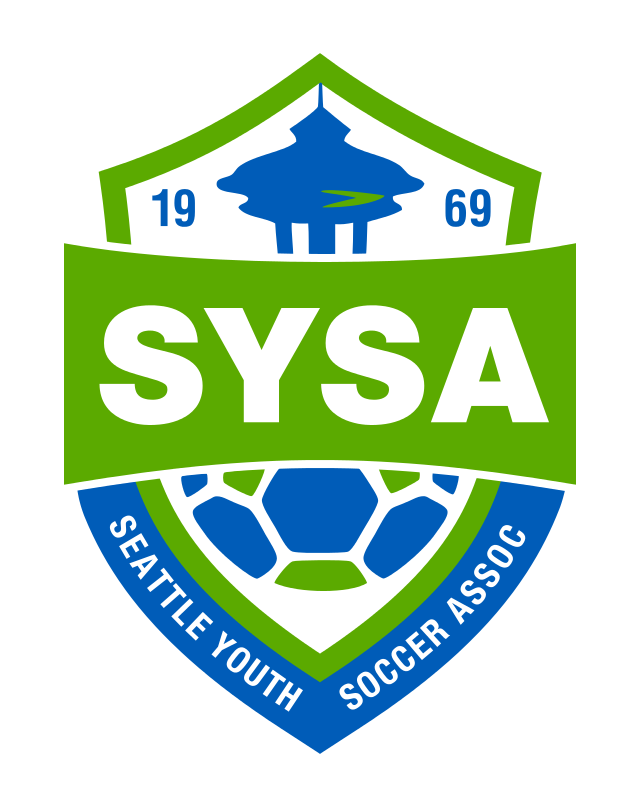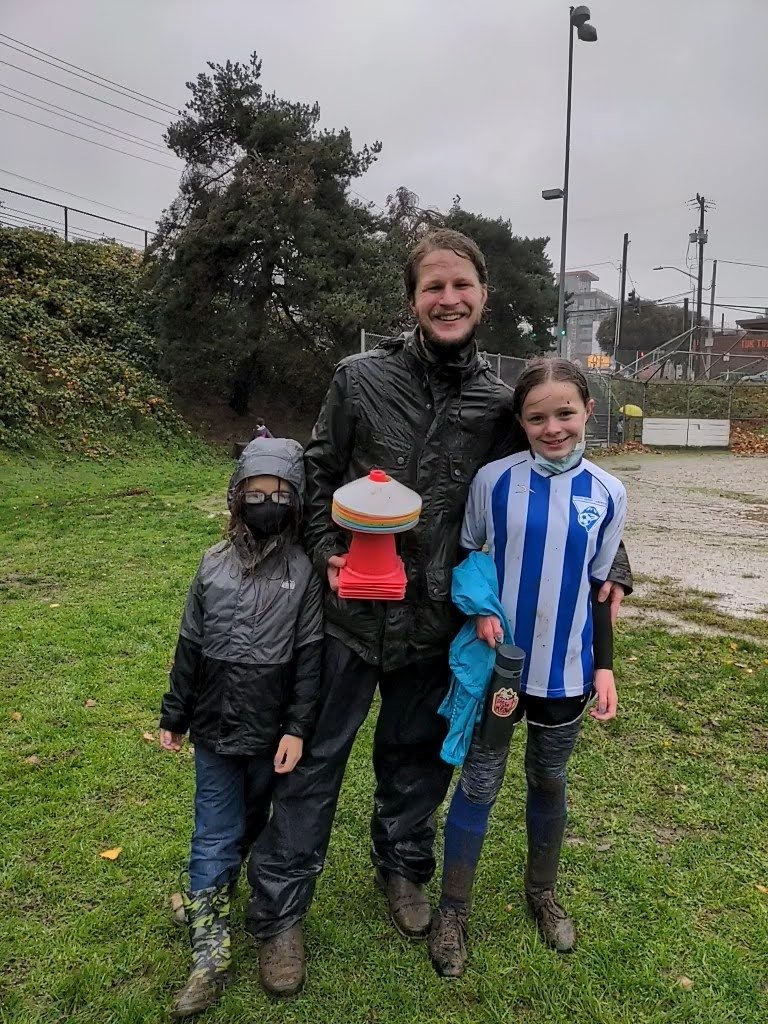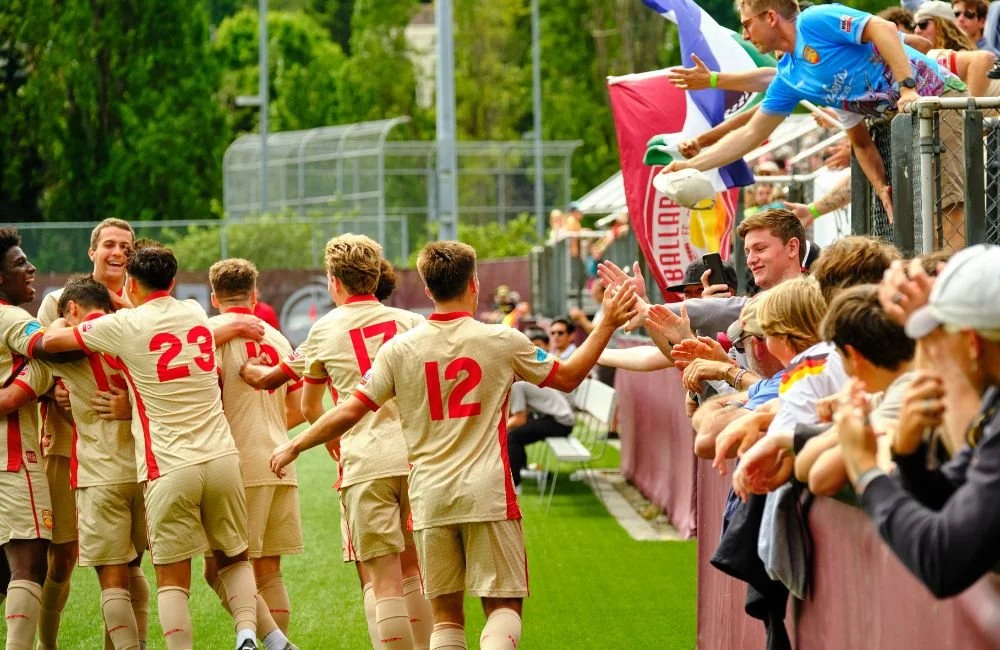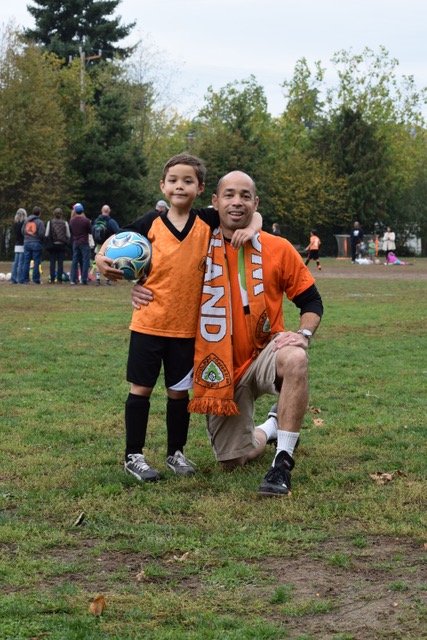Despite our reputation as a bastion for physical fitness and the outdoors, fewer than one in five children in King County get the recommended hour of physical activity per day, according to a report set to be released Tuesday.
Jon Solomon of The Aspen Institute, which partnered with the University of Washington and King County to administer the study, called it a “crisis.” And it only gets worse for less-affluent communities and those who don’t speak English in the home, particularly in South King County.
Barriers found through focus groups, talking with community leaders and a survey of 1,038 5th-to-12th graders in the county include implicit bias among players and coaches, a lack of transit access to green space and a region stretched thin by its explosive growth.
King County gets an overall “D” grade in “getting kids active through sports, play and outdoor recreation.” Twenty-two percent of boys and 16% of girls are getting 60 minutes of play per day. On average, King County youth are getting the recommended amount of activity 4.18 days per week, while those whose families don’t speak English in the home average 3.65 days and children from less-affluent families average 3.68.
Rather than a crisis, Casey Sixkiller, the county’s chief operating officer, sees an opportunity. The county has already seen success with programs such as Trailhead Direct, which expanded this year to connect hikers to nine trailheads using public transit. And it has provided $2.4 million for 36 other programs this year through the Youth and Amateur Sports Grant (YASG).
“The tragedy here would be if we took the report and didn’t build on the foundation that we’ve already laid, and take the opportunity where people want to collaborate and work together,” Sixkiller said. “We want to make sure we leverage this moment.”
The report lays out a path forward.
Since 2010, King County has seen the third-highest increase in the country in foreign-born residents, but it hasn’t kept up with the cultural influx.
“We did hear a lot in our focus groups about a cultural mismatch,” UW researcher Julie McCleery said. “Both not being able to navigate systems or field reservations or signing up for activities because it was in English, but also some confusion about how participation works in the U.S. … It’s more of a separate system that one has to learn how to negotiate, and the system has some cultural biases built into it.”
Children in families that don’t speak English in the home were three times less likely to participate in organized sports. The study found immigrant families had a particularly difficult time navigating a system in which registration forms and scholarship information, if available, are only in English.
“Even if (programs) do have scholarships, the signs are in English,” one program leader said in the report. “The communications are in English, so families aren’t able to read and understand. … We don’t understand that we have to go to softball evaluations in order to be able to play on the team; like, we just want to sign up.”
There also is a disparity between interest in a sport and participating in it. Youth of color and white children show similar levels of interest in a range of sports. But when surveyed about 49 potential activities, white children had participated in 48 of them, while 17 — including ice skating, hockey, rowing and lacrosse — weren’t selected by a single black or Latinx respondent.
The report calls for a public-health campaign translated into multiple languages, as well as an equity tool kit to ensure programs are reflecting the communities they serve and a centralized portal for rating and reservations.
But further, 80% of children are reaching their activities by car. The report also calls on King County to expand free youth access to transit and to focus on the number of parks within a quarter-mile of a transit stop. It found while 53% of youth would consider using public transportation to get outside, 71% of King County parks were insufficiently accessible via transit on a given Saturday morning.
It’s worse in South King County, where there is less green space and fewer transit routes to them. But the Sounders’ RAVE Foundation and the Washington Youth Soccer Foundation have brought four soccer fields to Auburn and another to Burien, one recipient of YASG funding. It is public-private partnerships like those, particularly with local pro sports teams, the report also sees as potential solutions.































